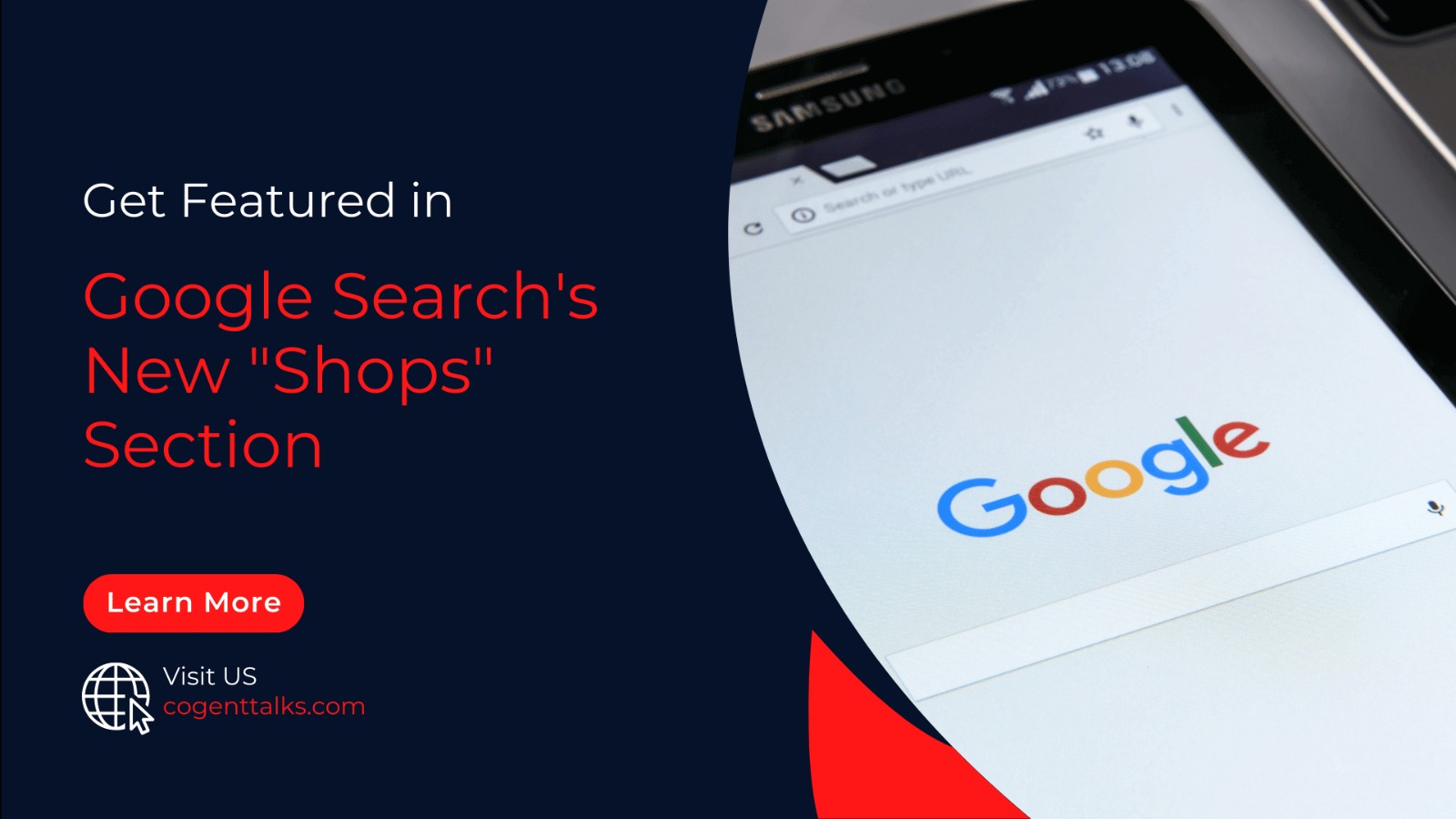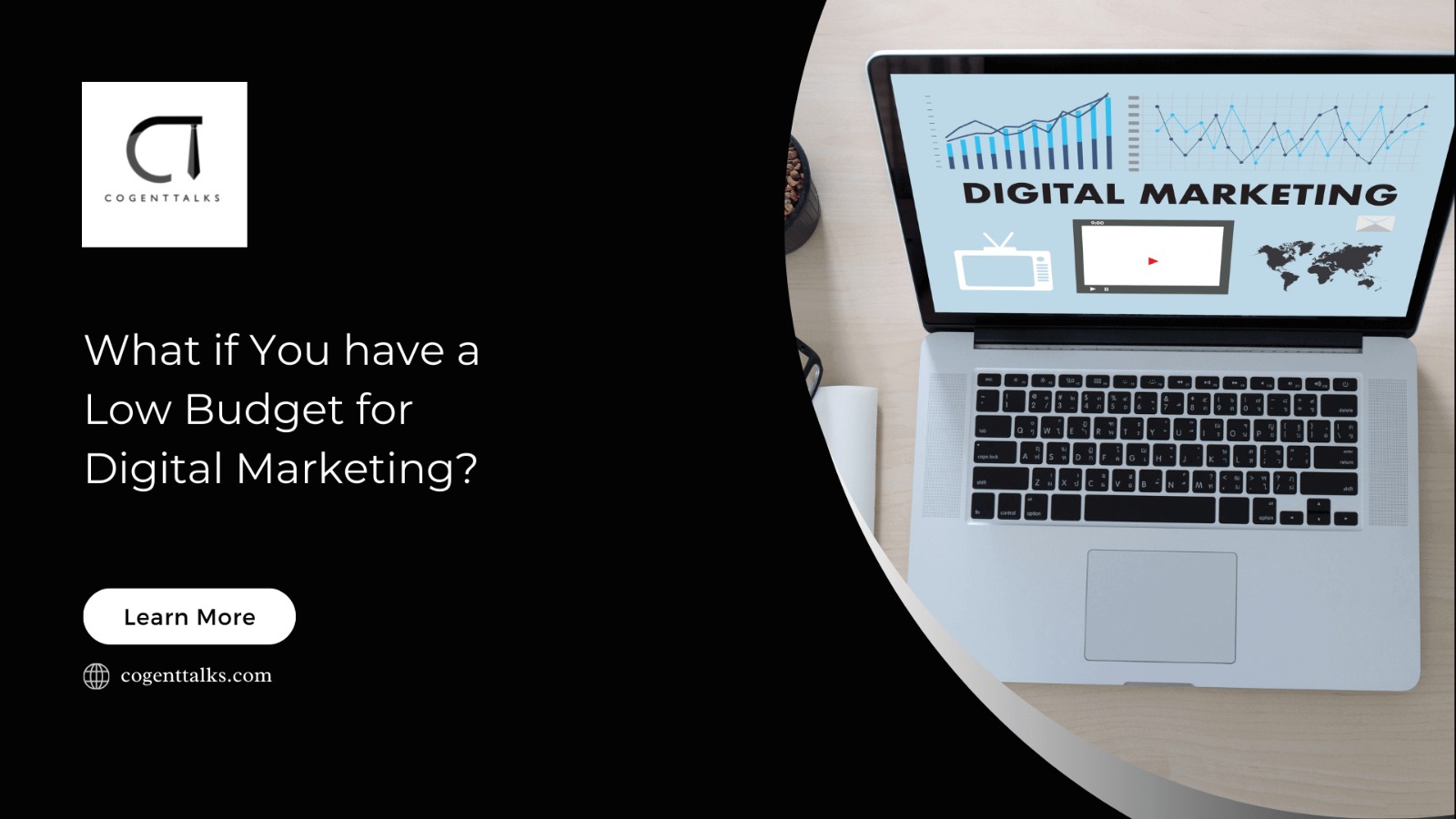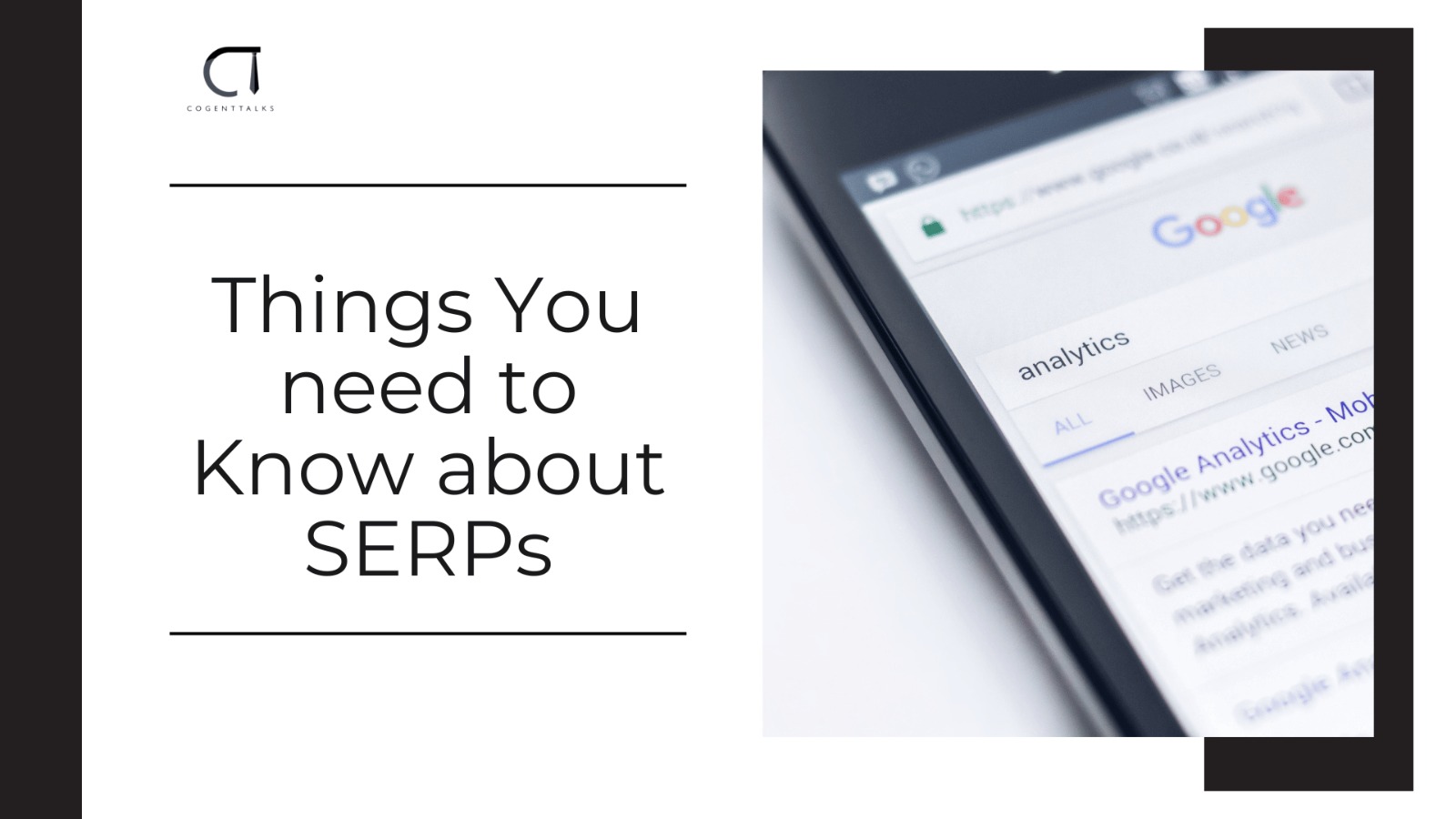
Do you know about remarketing?
Well, not precisely, Right?
We will learn every term of it in this remarketing guide.
For some, remarketing will be a common word, but for someone, it might be something new.
But if you have an eCommerce website, you probably must be familiar with remarketing.
The buyers and shoppers have choices with unlimited ends. When the buyers show interest in your brand and products, they might easily get distracted and attracted to the brand with more exciting services. It happens to both small and popular brands.
And so, the brands considered remarketing to bring the buyers or users interested in the products and were almost ready to convert from lead to customer.
In real life, the remarketing process is called stalking, but bringing users back into digital life is legal.
Only 2% of the visitors purchase from the online store they visit for the first time, and the rest will only look at the products and put them in the chart. And so, to remind the users about the products in the chart, the brands go for remarketing that keeps the users notified about the products til they purchase them.
It’s better than Remarketing. You hire a Digital marketing agency to look at each area of remarketing and launch a successful remarketing strategy.
For a better understanding of Remarketing, read out our entire blog.
What is Remarketing?
Remarketing is about sending targeted ads to the users who have already visited your website and product page but have not bought anything. It gives access to the companies to keep following their targeted audience. Remarketing can be done by clicking on one ad, doing website visits, following on social media, and much more.
In short, remarketing aims to keep the people engaged and, if possible, pursue them to purchase your products.
Are you thinking about how this process is named “remarketing”?
Well, it’s because you are “re” marketing to the same people who have visited you once through marketing.
Types of Remarketing
Now, let’s discuss the types of remarketing in detail:
1. Search Remarketing
Search remarketing is one of the common types of remarketing. In this, you use the information gathered from Google searches to target the audience interested in your brand. Companies prefer paid advertising instead of using display ads in search remarketing.
2. Email Remarketing
Email is the best non-paid advertising method. You can list the subscribers and send them the reminders on their email IDs that they have used for creating the account on your website. The other way to ask for the email address is by asking the users to fill out the form and get the discounts. After that, you can keep recommending the materials in the email account.
3. Display Remarketing
If compared to other remarketing types, display remarketing is one of the most common types of remarketing. It is about using the display ads to reach the users who were once interested in your brand and products.
Google ads are one the best platform for display advertising, but apart from that, you can also use different platforms that you feel is right for bringing back your audience.
4. Video Remarketing
With the help of Video remarketing, the marketer reaches potential customers while watching the YouTube video. It would help if you did Video remarketing in the form of a short video that plays before the YouTube video or pops up between it. It’s better to keep the videos brief so they don’t bore the audience and prevent them from skipping them.
5. Social media Remarketing
While hearing the work of social media remarketing must have given you an idea that it is the process of reaching users through social media platforms, this remarketing strategy is all about the ads that appear in the feed.
The best way to understand your targeted audience is to follow the people who have visited the pages of your website. Thus, you can also consider your targeted audience and how they connect with you on social media. For effective social media remarketing, you should hire social media specialists.
6. Dynamic Remarketing
Dynamic remarketing has different shapes and what matters is that the users see it differently. It is typically about a particular product and service. For example, if a user is visiting your website to search about makeup products, then within a minute, they might get ads about the makeup appearing on their screen.
How does Remarketing work?
1. Select the right remarketing type
In the first step, you need to understand your remarketing goal. Do you want to convert leads into buyers, or do you want to get leaders who have never visited your website? Understanding your plan will give you direction in creating a solid remarketing strategy.
2. Prepare a remarketing list.
The next step is to prepare a list of your targeted audience. Do you want to attract the audience who have put your products in the chart or visited your website? Do you need to understand who your targeted audience is?
3. Set your remarketing code
Your Google analytics account generates a remarketing code for you, which aids you in creating your marketing list. To assess the data collection, go to Admin > Tracking info. Further, press and hold the Remarketing button. Rather than just pages visited, you can also create remarketing lists based on goals.
4. Choose your duration
Choosing your duration means you must select how long you want to put your ads in front of your targeted audience. Your durations depend on your goals. You must decide the duration because putting the ads for a long time will only your audience irritated and lose interest in your brand.
5. Turn on your campaign.
Once you’ve completed all the above steps, it’s time to launch your remarketing campaign. Always ensure that you’ve completed all the steps correctly and accurately.
Benefits of Remarketing
Now, its time to discuss some of the benefits of Remarketing:
1. Improves brand awareness
With the right remarketing strategy, you can be at the top of your customer’s minds. When you keep bringing the ads to your targeted users, they’ll think of the products they have observed in the chart or the services they liked about your brand. Though your users are not on your site, it builds a strong connection with them. It helps you to create a strong and long relationship with the audience.
2. Increases interaction
You can keep track of your customers and understand on which platforms they spend most of their time. And keeping that in mind, they can interact with the platform audience. Moreover, you can also connect with the audience who has shown interest in your website. This keeps the audience engaged in your brand.
3. Cost-effective
The other benefit of remarketing is that it converts the leads with only a tiny amount of investment and gives a better return on investment. Regarding cost per click and conversion, the remarketing ads are more affordable than the SEO campaign. Always never launch the remarketing campaign until you get a large traffic volume.
4. Higher conversion rates
If the remarketing strategy is implemented correctly, it can improve conversion rates and raise the return on investment from advertising. It targets the audience with different interests. If you personalize your remarketing efforts, the customers will purchase from you more when you show them your website.
5. It gives you access to display call-to-action
On the first visit, if the users don’t get converted into customers, then make use of the remarketing. Remarketing is the best tool that gives you access to put a “call-to-action” to your website, encouraging users to call you whenever in need.
How to get the best out of Remarketing strategy?
To get the best possible results from your remarketing strategy, you should follow the below-mentioned tips:
1. Use individualization
One of the best things about remarketing is that you already have your customer’s information. You know what exactly your customer is looking for, and so, with that, you can communicate effectively. 78% of the respondents said that the customized content encourages them to purchase from your brand.
2. Utilize your best content
The main factor in encouraging users to purchase the product is content marketing. You should create the content according to your user’s information and interest. Your remarketing strategies will be strong and effective if your content is interesting and detailed.
3. Offer discounts
The promotional offers in your remarketing strategy motivate the customers to take quick action. The offers like “free shipping” and “buy one get one free” excite the customers to purchase the product. The high cost is why users commonly put the products in the shopping cart. And the time when customers come to know about the low price, they quickly make a move to purchase it.
Remarketing VS Retargeting
The Remarketing and Retargeting strategies are created to attract the audience who have interacted with you in the past.
But there are differences in both strategies.
The significant difference between Remarketing and Retargeting is that the:
Retargeting campaigns attract users with digital ads, and to create these ads, they undertake the users’ behavior data.
Whereas in Remarketing campaigns, the users are attracted to the emails. Through emails, they’re notified about the discounts and offers.
When to use Retargeting?
It would help if you considered planning and launching the Retargeting campaigns when:
1. Increase brand awareness
If you consider yourself in the place of customers, you’ll clearly understand customers’ points of view and how they can trust you for the product. If once your brand ad pops up in front of them, they won’t open, but if it continuously comes in front of them, they might remember your name and the services you offer. And whenever you are in need, they will first think about you.
2. Ad budget is low
If you experiment with ads with a low budget, then Retargeting is a no better option. If you can only afford a few clicks per day, it has been proved that retargeting brings 43% more leads than regular ads.
3. In need of engagement
According to the study, if compared to standard ads, retargeting ads has 10x more power to bring potential traffic to your website.
Examples of Remarketing
Now, at last, let’s look at some of the examples of Remarketing.
1. Frank & Oak
The Frank % Oak is a Canadian clothing brand that adopted a personalized strategy. On this website, when you put the clothes in the cart and check out. This brand keeps reminding you about the products by stating, “Your favorite shirt.” Reading this line will automatically remind the user of the clothes they had put in the cart.
It also creates remarketing campaign by asking the users to purchase as the summer or winter is going to arrive.
2. Spotify
The Shopify logo can be easily recognized as they have an impressive logo. Spotify focuses on the users who had or are using the free version. They excited the listeners by saying,” you can get premium-free songs for three months, and that too without paying anything.”
Wrap-Up
Before implementing the remarketing campaign, your marketer should understand your goal and create a strategy to bring back the audience. This line proves that marketers should have a proper understanding of marketing, and for that, what’s the better option than hiring a Digital marketing agency?
The work of a digital marketing agency is to promote the brand and products. So they can do your job correctly and bring potential customers quickly.
So, think about Remarketing TODAY!
Here’s something you might find useful : Beginners’ Guide: Marketing Campaign | What is a Social Media Campaign? How does it affect your Business? | Google Ads: Meaning, Reasons, and Types | Proven Digital Marketing Strategies that you Should Know | How Can SEO Drive Traffic To Your eCommerce Website?



